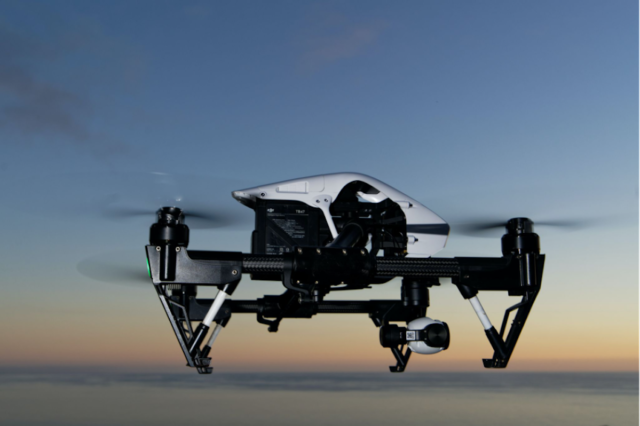You might have seen cartoons where the world has reached huge technological advancements like holograms, exceptional machines, and auto-driving cars. In the past, these were just some imagination coming from different people with brilliant minds. With a pen and paper, they can express their ideas.
As of today, many inventions and ideas are coming from different entrepreneurs and engineers. In this article, we will be exploring one of those technologies that have influenced different countries, called LiDar. This article will discover its benefits and know what future it holds for the upcoming generations to come.
What is LiDar
Contents
Lidar stands for light detection and ranging. It has a process of detecting and monitoring the area’s physical characteristics where it measures it through the reflected and emitted radiation. With this, it can provide precise three-dimensional data about the shape of the planet and its surface characteristics.
The processes of lidar are done through various gadgets that are composed of a laser, GPS receiver, and scanners. These are commonly seen in helicopters or airplanes to acquire data in wide-open areas. There are tons of lidar processing software available as of today. Each software provides different functions that the system can utilize for different purposes. Below are some examples of the benefits of lidar.
Accurate Measurements
Lidar can produce a precise and huge quantity of measurements. Its sensors can reach a range of accuracy of 0.5 to 10mm proportional to a sensor, and its mapping accuracy can reach up to 1 centimeter horizontal and 2 centimeters vertical. With this function, it allows them to be effective as a remote sensing tool for mobile mapping.
In today’s trend, because of lidar technology, autonomous vehicles are possible. Lidar is integrated with vehicles with its sensors. By scanning its surroundings, the automation of vehicles independently became possible as the car can move using the data or measurements collected from its sensors.
Three Dimensional Mapping
As mentioned earlier, lidar technology can create instant, precise measurements through its sensors. With those collected data, it can convert this easily into three-dimensional maps used to construct the environment. Lidar may also be used for river surveys, modeling pollution, archeology, and building construction.
To understand how lidar works, it will point a small laser at a certain surface and measure its time to return to its source. After that, it will then be able to generate a three-dimensional scale or map of the terrain. This model will then be used in scientific investigation, development planning, and resource management.
Low Light Performance
Low light performance refers to the lowest light level that a camera can capture while still retaining image quality. Gadgets that have tendencies in suffering from this problem are mobile phones. But when it comes to lidar, it is unaffected by atmospheric light variations and can perform efficiently in different low light conditions.
The best example of this is the iPhone 12’s pro camera, where lidar is being integrated. As a result, the phone can be six times better in low-light conditions. Also, its night portrait mode effects became better with its focus. Knowing this integration to the iPhone series opens up new opportunities for the phone. With the effectiveness of lidar, some of its features could be integrated into the phone. Which makes the phone more interesting for the users.
Speed
The data that lidar collects are direct measurements from its distance where it doesn’t need to be processed to decipher it. With this, it promotes a faster performance and reduced processing time of its data. The faster the data is generated, the faster that data can be utilized, thus making a certain system efficient in doing its tasks.
The best example of this is in lidar-based solutions, where security data is always available in real-time. It automatically tracks individual people and provides real-time location information to allow the security staff or police to locate and respond to different kinds of potential threats. It provides a new level of security, as, with the help of lidar, responding can become more efficient and reliable.
Cost-effective Deployment
Another thing to add to its amazing features, lidar is known to be exceedingly cost-effective. The sensors have a range of views that can provide a 360-degree field of view. The wider the view, the more area the sensor can cover with different devices.
Also, maintaining the devices is easy as there are only a few devices needed to set up a lidar-based system. This technology will then save you time and cost when integrating it where safety, data collection productivity, cost-effectiveness, applicability, high levels of detail are achieved
Takeaway
Lidar is very useful in different ways for people globally. Its main functions can help businesses, environmental experts, and security industries in their functions. The rise of lidar will continue to grow as this technology opens up different opportunities. With the integration of lidar’s features, it will surely produce high-caliber systems and technologies. It holds a lot for the world’s future, and this is just the beginning of a brighter future.


